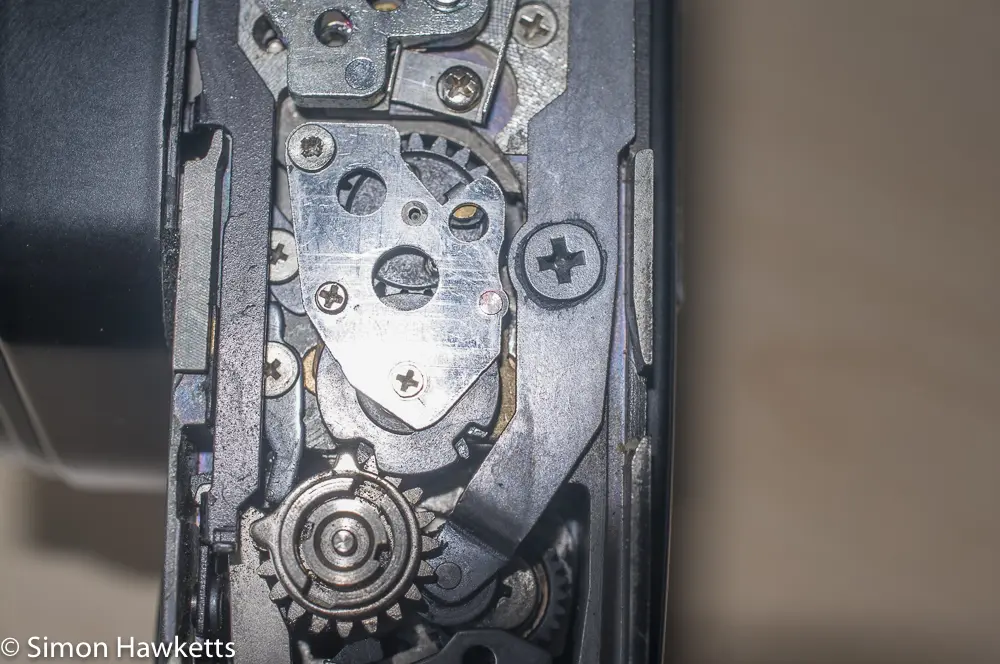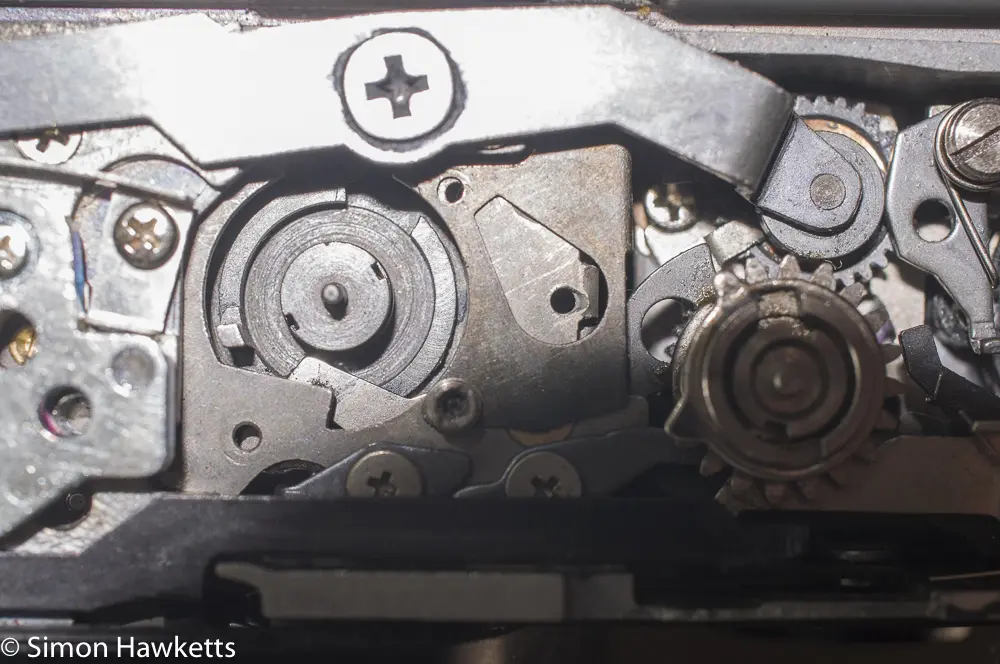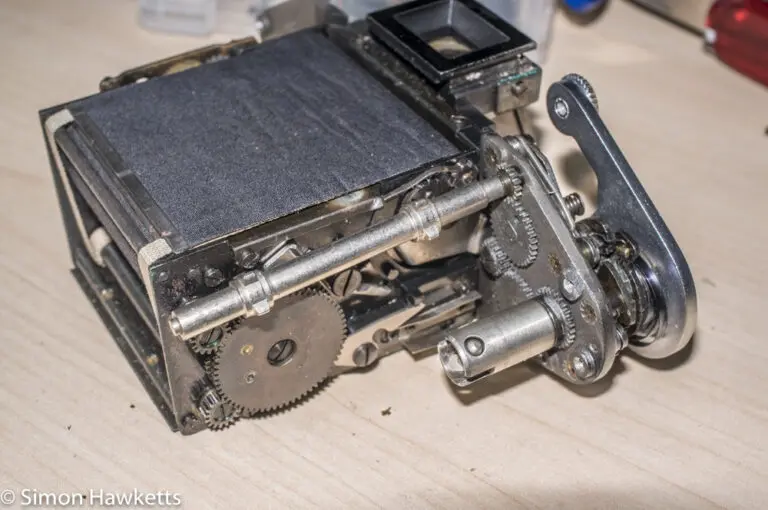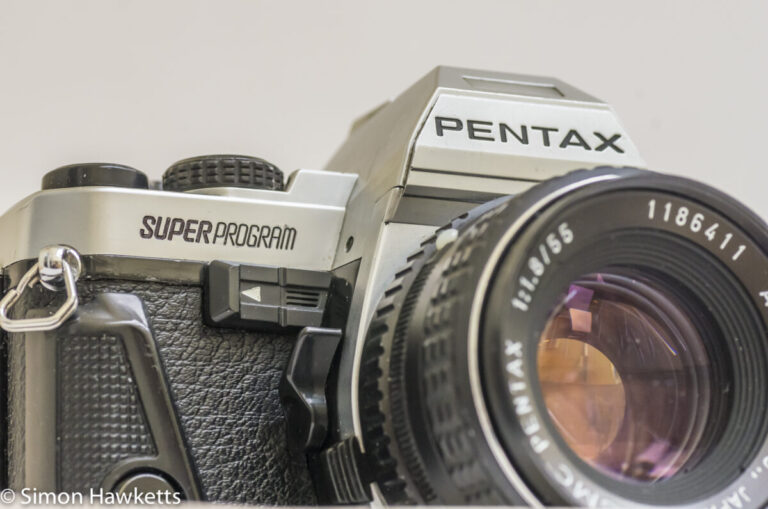Fixing an Olympus OM2 Spot Program stuck shutter
A few weeks ago, I purchased an Olympus OM2 Spot Program 35 mm SLR to add to my collection of Olympus cameras. Fully working OM2 SP cameras can command quite a high price, so rather than spend the £50 to £100 a working camera would cost, I bought a non-working version for £20 instead. Since that included a 50 mm f/1.8 Zuiko lens, I thought that wasn’t a bad deal.



The particular problem described was that the film advance and shutter would work for a long time and then become jammed, but would free up after a few attempts. Well, that may have been the issue the seller had at some point, but when I received the camera the film advance was completely locked and unable to move.
The first thing I checked was the state of the batteries because there are known issues with the OM2 series when their batteries drain, but the indicator gave a good, strong signal when I moved the main switch to the battery check position, so I removed the bottom cover and looked to see if I could find anything obvious. The good thing about the OM2SP compared to the plain OM2, is that there is a fully mechanical position which works when the batteries are drained, so I could try to diagnose the issue without the batteries fitted (when the bottom cover is off the battery compartment is open).
After I’d poked around in the bottom of the camera without finding anything obvious, I looked in more detail at what the cause of the problem could be. The mirror was down, and the mirror was not tensioned, so it looked like the film advance had not been wound. The problem was, the film advance couldn’t be moved because two gears which were coupled to it seemed to be holding it in place. After a lot of head scratching and comparing the camera to my OM2, I decided I would need to remove the set of coupled gears and see if I could work out what the problem was.
Removing the gears was easy enough – there are three screws; a long one, a short one and a captive one. Once they were out, I could lift the gear assembly out and see what was causing the problem, and what I found was simply that the gears seemed to have got themselves out of sequence somehow. With the gears removed, and the camera set to the 1/60th mechanical setting, I could wind the film advance and then with a pair of tweezers I could move the peg underneath the gears until it clicked into place. Then, if I pressed the shutter button, the camera would fire.
While the gears were out of the camera, I cleaned the old grease out of the mechanism as well as I could, and then tried refitting it. This was when the trouble started because I couldn’t initially find a way to get everything back to a working state. I did however manage by setting the camera ready to fire and then replacing it. So I wound the film advance, rotated the peg to the point where is clicked into place and then dropped the gear mechanism into place and screwed it down. At first, I tried holding it in place to see if it was correct, but because one of the screws is captive, that won’t work – you need to screw it into place.
With the gearbox in, the camera is mostly working again. I say mostly because if I move the film advance very quickly, sometimes it doesn’t latch and the film will advance twice. This is a fairly infrequent occurrence – perhaps once every 100 advances, so it isn’t too troublesome yet. I don’t know it this is because I have the gears still slightly out of sequence, but it’s certainly an improvement on being completely locked, and the camera is very usable.
Discover more from Everything Vintage
Subscribe to get the latest posts sent to your email.



